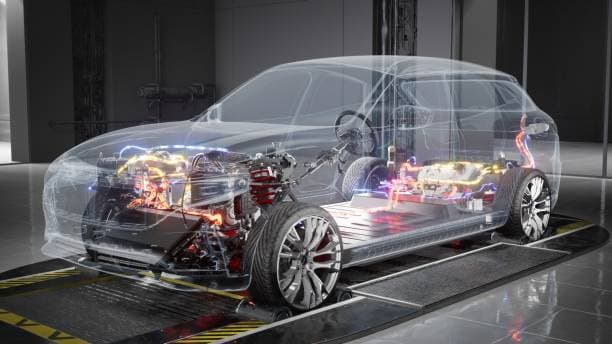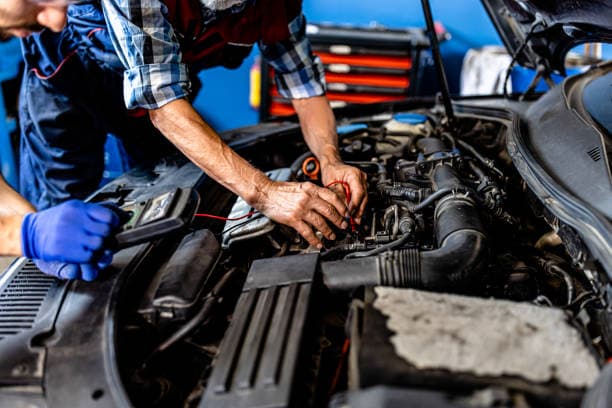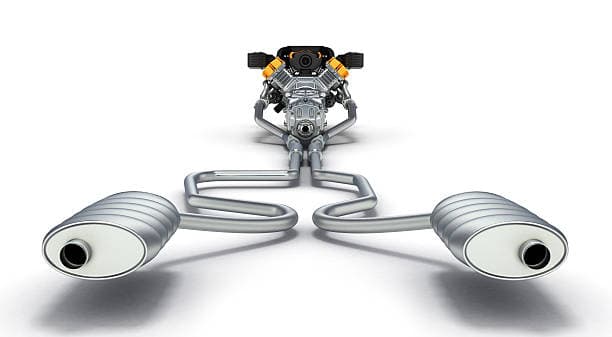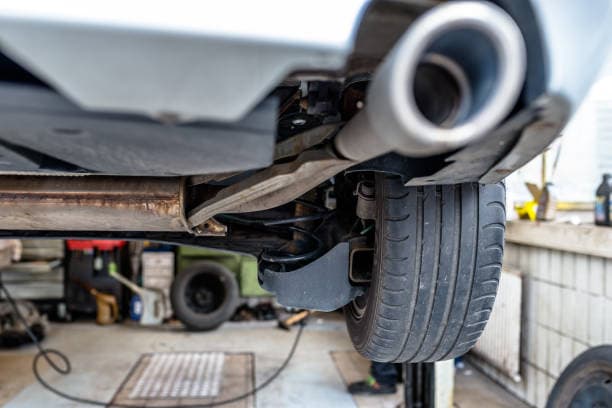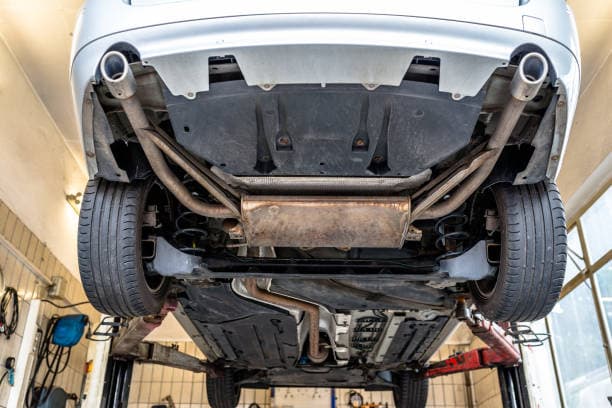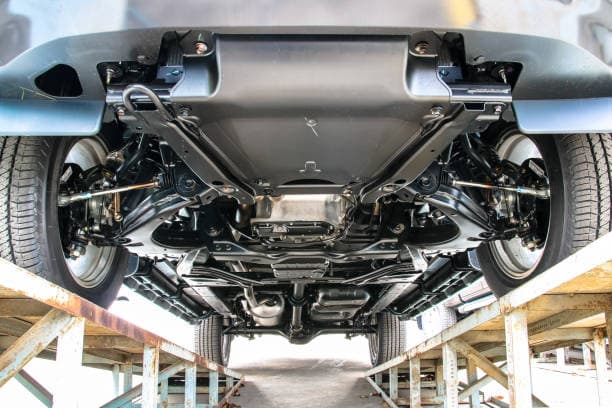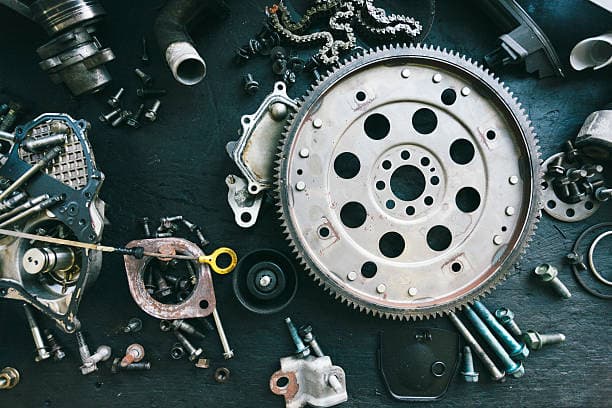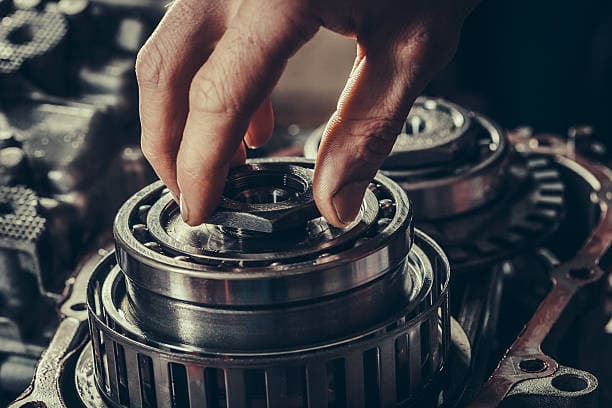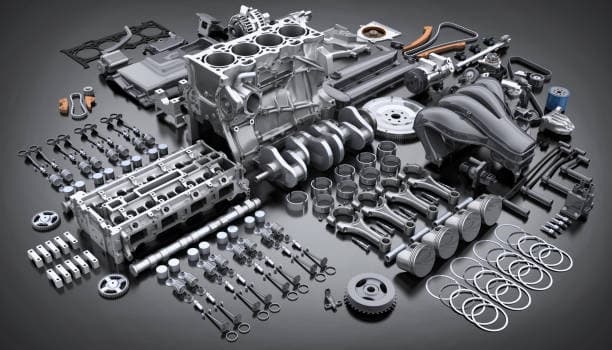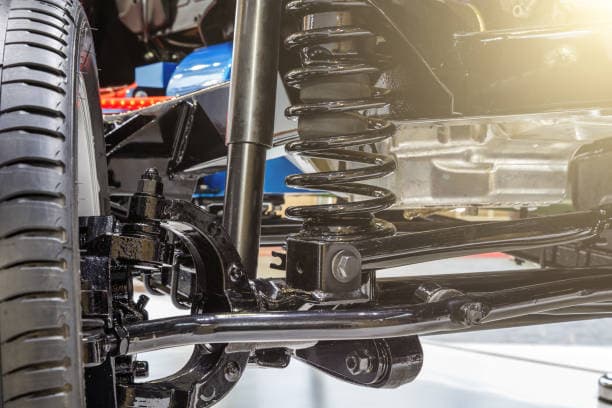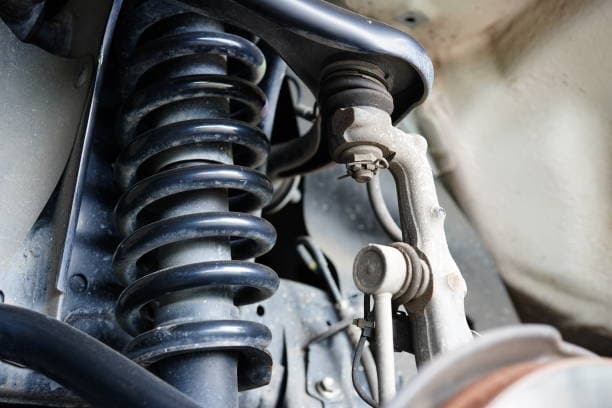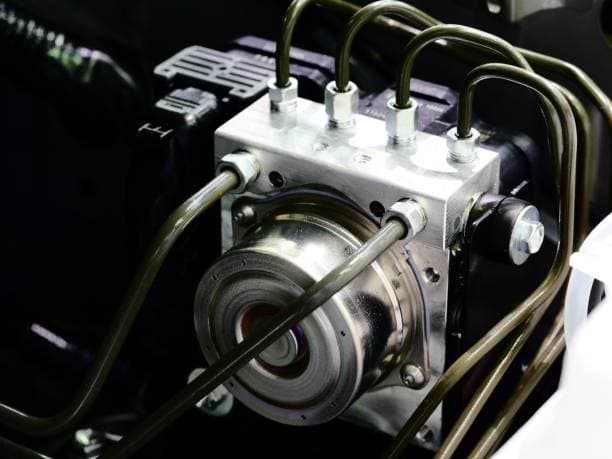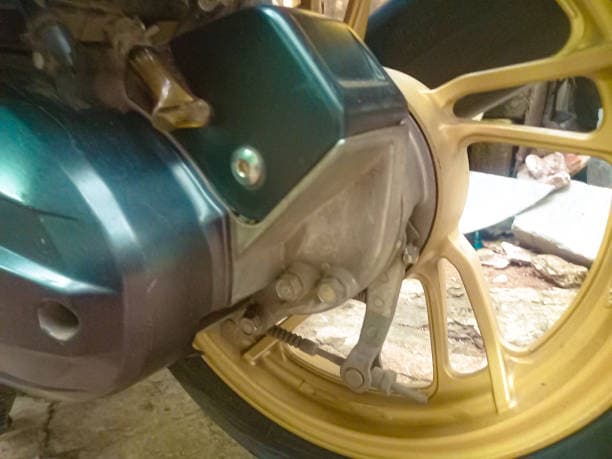Your vehicle is an intricate machine, relying on a complex array of electrical components to function efficiently. Understanding the importance of these components can help you better maintain your vehicle and ensure its longevity. This article delves into the core aspects of car electrical parts, shedding light on their roles, functions, and troubleshooting methods.
The Importance of Electrical Parts in Your Vehicle
Electrical parts serve as the backbone of modern vehicles, seamlessly integrating with mechanical components to enhance performance, safety, and comfort. From powering the ignition system to operating essential features like headlights and windshields, electrical parts are crucial for the optimal functioning of your car.

Role of Electrical Parts in Vehicle Performance
The performance of a vehicle is significantly affected by its electrical system. Electrical components play vital roles in managing the engine's performance, improving fuel efficiency, and ensuring smooth operation. A well-functioning electrical system can lead to quicker start times, better acceleration, and overall improved reliability.
Moreover, a sound electrical system is essential for utilizing modern technologies within the vehicle, including advanced navigation systems and automated driving features. Therefore, neglecting electrical parts can lead to reduced performance and, ultimately, increased repair costs.
Safety Aspects of Car Electrical Parts
Safety is paramount in automotive design, and electrical components contribute significantly to it. Features such as anti-lock braking systems (ABS), electronic stability control, and airbag systems rely heavily on electrical systems. Any malfunction in these components can lead to dangerous situations on the road.
Maintaining and regularly inspecting your vehicle's electrical system ensures that these safety features function correctly. Ignoring signs of electrical issues could compromise your safety and that of passengers and other road users.
Breaking Down the Car Electrical System
The car electrical system is comprised of various components that work together to provide power and functionality. Understanding these components and their interactions can reveal much about how your vehicle operates.

The Battery: The Powerhouse of Your Car
At the heart of any electrical system is the battery, often referred to as the "powerhouse" of the vehicle. It stores electrical energy needed to start the engine and powers the electrical components when the engine is off. Without a fully functioning battery, your vehicle won't start, and critical features like headlights won’t work.
The Alternator: Keeping the Battery Charged
Once the engine starts, the alternator takes over, charging the battery and powering the electrical system. It's responsible for converting mechanical energy into electrical energy, supplying power to the car's systems while driving.
A malfunctioning alternator can quickly deplete the battery, leading to a situation where the vehicle cannot start. Regular inspections can help identify issues with the alternator, ensuring that it continues to function correctly throughout the life of the vehicle.
The Starter: Initiating Your Journey
The starter is a key component that engages the car’s engine. When you turn the ignition key, the starter receives power from the battery and spins the engine, initiating the combustion process.
A faulty starter may lead to difficulties in starting the vehicle, causing frustration and potentially leaving you stranded. Watch for signs of starter problems, such as clicking sounds or intermittent starting issues, and address them promptly.
Understanding the Wiring System
The wiring system acts as the nervous system of the vehicle, conveying electrical signals between various components. A well-designed wiring system ensures the smooth operation of all electrical parts, from the ignition system to the headlights, and even the entertainment system.

The Role of Fuses and Relays
Fuses and relays play a crucial role in protecting your vehicle's electrical system. Fuses act as safety devices that prevent overloads and short circuits, while relays control the flow of electricity to various components.
When troubleshooting electrical issues, inspecting fuses for signs of damage or burn-out is a critical first step, as they often serve as the first line of defense against electrical failures.
The Importance of Proper Wiring
Proper wiring is essential for the effective functioning of all electrical components. Worn or damaged wires can lead to shorts, electrical fires, and a host of performance issues. Regular checks and maintenance can help catch wiring problems early on.
The Electrical Components and Their Functions
Each electrical component serves a specific function, contributing to the overall performance and comfort of the vehicle.
Lights and Indicators: More Than Just Illumination
Lights and indicators serve vital roles beyond mere illumination. Properly functioning headlights, brake lights, and turn signals are essential for safe driving. They keep you visible to other drivers and allow for clear communication on the road.
Ignition System: Sparking the Engine to Life
The ignition system is responsible for igniting the air-fuel mixture within the engine's cylinders. It comprises components such as spark plugs, ignition coils, and distributor caps, all working in harmony to start your engine effectively.
Neglecting this system can lead to poor engine performance or failure to start. Regular maintenance and timely replacements of worn-out parts are vital for optimal functioning.
Electric Controls: From Windows to Seats
Electric controls encompass a wide range of functionalities within the vehicle, including power windows, adjustable seats, and advanced climate control systems. These components enhance the driving experience and provide comfort and convenience.
Troubleshooting Common Electrical Problems
Despite the best maintenance efforts, electrical issues can still arise. Recognizing symptoms early and applying basic troubleshooting techniques can save time and money.
Recognizing Symptoms of Electrical Issues
Common symptoms of electrical problems include dimming lights, random electronic malfunctions, and difficulties starting the engine. Paying attention to these signs can often lead to early detection of more significant issues.
Basic Troubleshooting Techniques
When troubleshooting electrical problems, begin by checking the battery and fuses. If those appear functional, test the symptoms against known issues using a multimeter. Inspecting wires and connections thoroughly can often reveal the root cause of the malfunction.
In more complex scenarios, consulting with a professional mechanic is advisable to prevent further complications and ensure safety during repairs.
In conclusion, understanding the car electrical system enhances your ability to maintain the vehicle effectively. Regular inspections and awareness of the electrical components will ensure you enjoy a safe and reliable driving experience.
